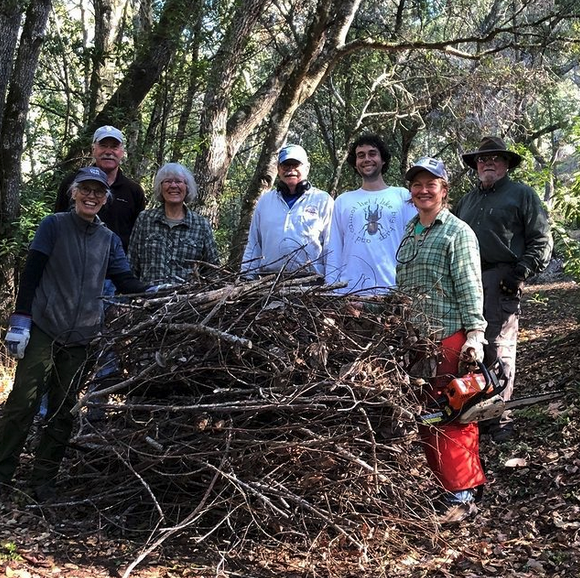The Heron and Egret Project
The Heron and Egret Project
The primary goal of ACR’s Heron and Egret Project is to develop and apply current and historical information on the status of herons and egrets to wetland conservation concerns in the San Francisco Bay Area. We monitor local and regional nesting abundance and reproductive performance trends and evaluate the impact on wetland conservation.
Our current work focuses on the effects of climate change and human disturbance to heronries. Data and reports generated by the Heron and Egret Project have been:
- published in peer-reviewed scientific journals
- submitted as technical reports to partner agencies
- provided to landowners, biologists and local and regional planning departments
Through formal scientific contributions, our results contribute to worldwide activities in conservation science.
Get involved
Great Egret Telemetry – Tracking movements of a wetland indicator species
What have we learned so far?
A key discovery from this project is that about half of the egrets tagged on Tomales Bay migrate outside the San Francisco Bay Area during the non-nesting-season. Before our tagging project this migration was unknown, and this information indicates that Bay Area egret populations are, in part, sustained by connections to California’s Central Valley and beyond. This information shows the conservation connections between the coast and the central valley; maintaining healthy ecosystems in both regions will help sustain heron and egret populations throughout California.
We have also learned more about how egrets use different habitats on Tomales Bay at different times of day and different tides. It appears that egrets use natural wetlands differently than areas where shellfish aquaculture infrastructure has been placed. Read our peer-reviewed findings, published in PLOS One, December 2021. This information can help planners and regulatory agencies make informed decisions about the location and extent of new or modified aquaculture infrastructure on Tomales Bay and beyond.
Sharing our discoveries
In addition to peer reviewed journal articles, we are also sharing the results of this study with diverse audiences through a range of outlets. We have developed school curricula based on the movements of tagged egrets and have given presentations of our findings to the public.
Explore the Movements of the Tagged Egrets
Related Content
- Submitted by admin
- May 31, 2022
- Submitted by Wendy Coy
- February 6, 2023



